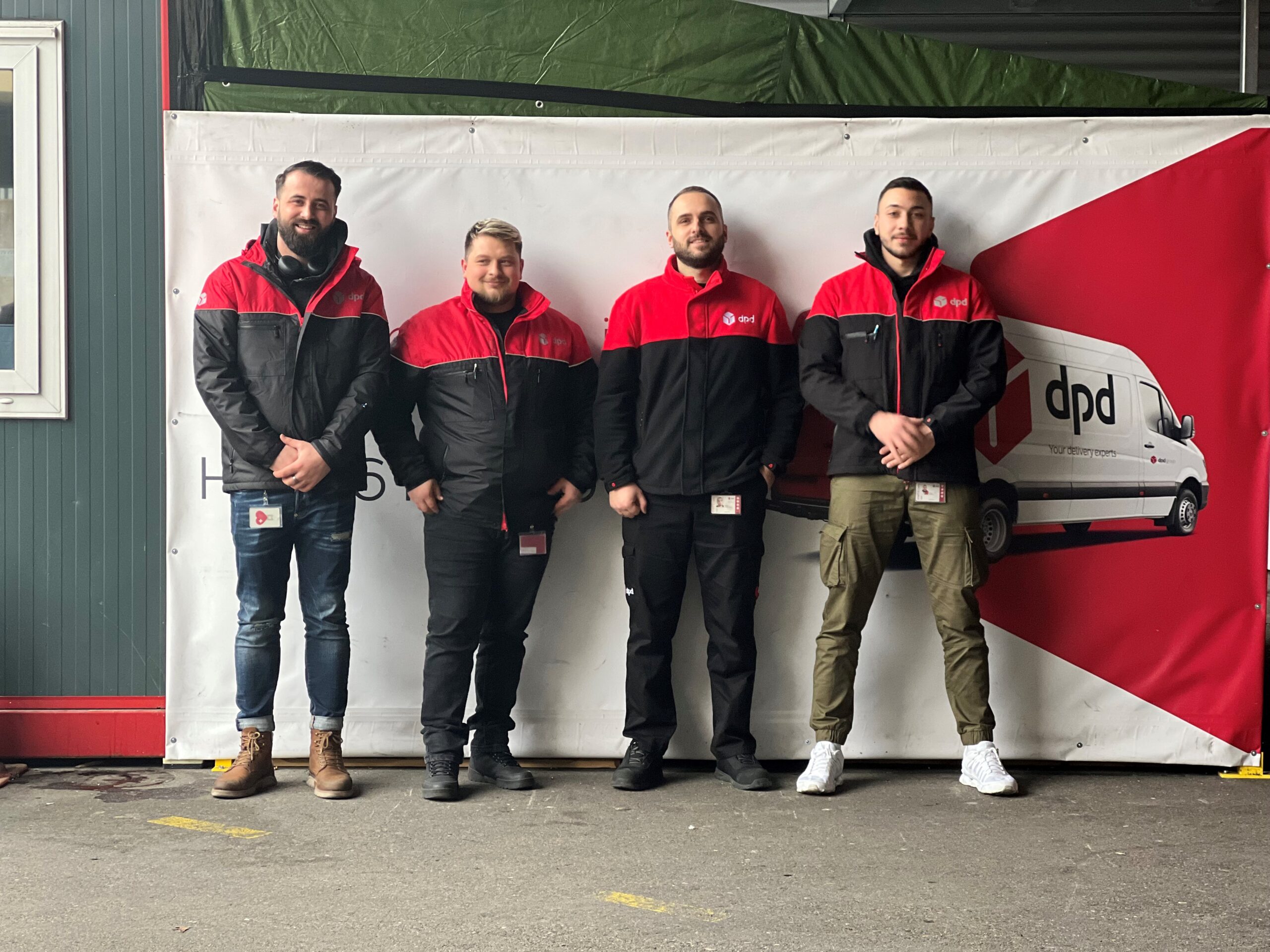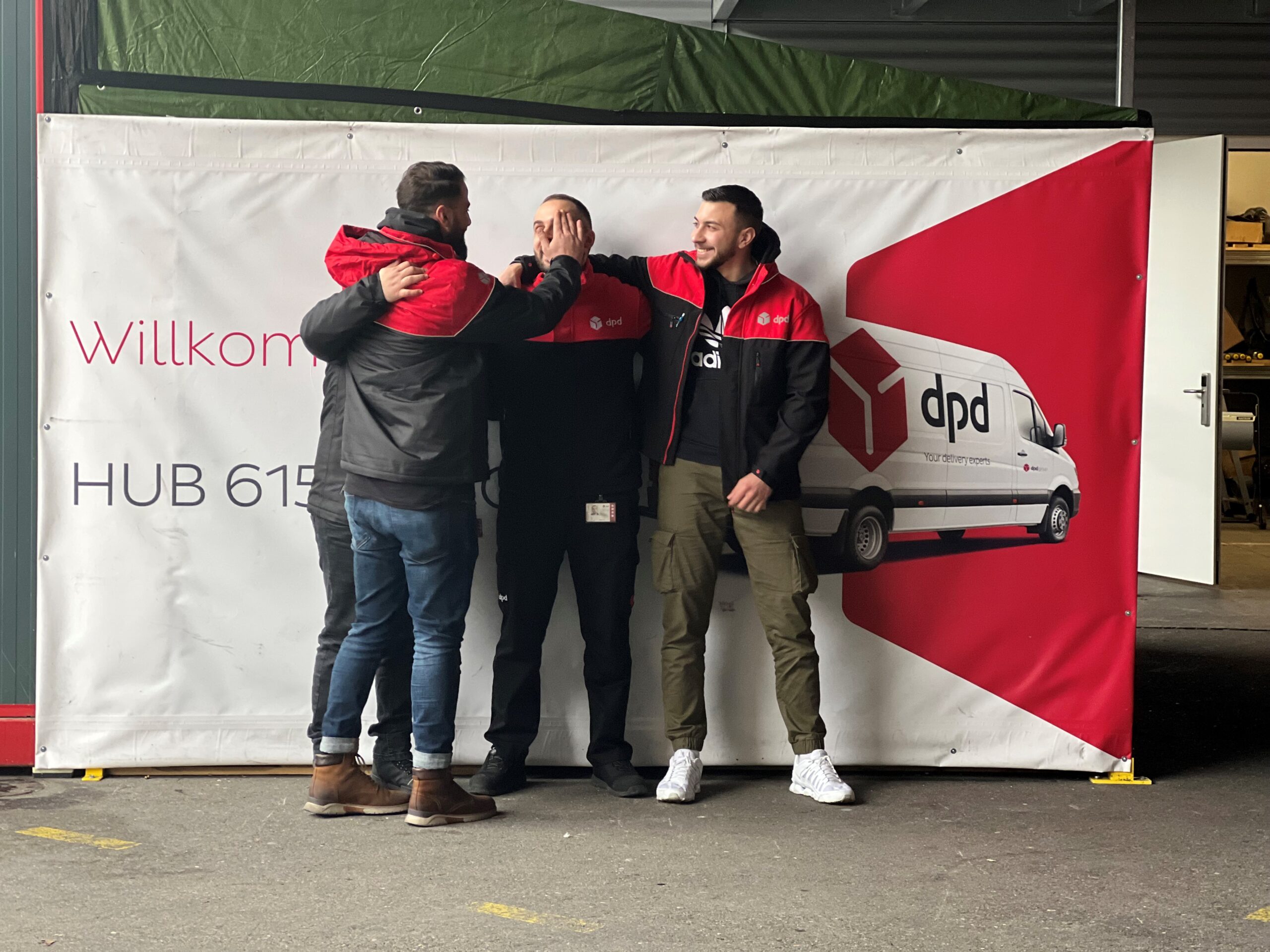We’ve all received the card saying ‘Sorry, we missed you’ at some point. In this episode of ‘Beri & Jasmine on tour’, we explain the reasons why parcels are returned and use a case study to shine some light on the returns process.
Let’s start with a quick quiz:
Question 1: What country in Europe do you think returns the most parcels?
-
Belgium
-
Switzerland
-
Austria
Question 2: What are the most common reasons for returns?
-
Incomplete delivery
-
Wrong address
-
No one at home
Click here for the answer to the first question.
We asked Granit, our check-in team leader in Buchs, what the most common reasons are for returns:
Here is what he had to say: ‘Errors in addresses are one of the most common reasons for parcels to be returned. If a mistake slips through the net when the order is placed, the inaccurate details end up on the label and we are unable to deliver the parcel. That being said, a parcel might also be returned due to an incomplete address, such as a missing building number or post code. Another reason is often that no one is home to sign for the parcel. Finally, force majeure – unforeseeable circumstances such as building sites, accidents or snow – can also prevent a parcel from being delivered.’
Beri: ‘Can you explain what “check-in” means exactly in terms of your role?’
Granit: ‘At DPD Switzerland, check-in is when parcels that could not be delivered for whatever reason are brought back to our depot.’
Case study:
This is Mara. Mara ordered new shoes and a football for her boyfriend from an online wholesaler. Her orders are processed by two different shippers. Each shipper has chosen DPD to deliver the parcel.
The shipper of the shoes: Has quality products, so selects the DPD service that requires all its parcels to be signed for on delivery. This means that when it is delivered, Mara has to sign to confirm she has received the parcel.
The shipper of the football: Has chosen a DPD service that allows its parcels to be delivered to a safe place – no signature required.
The parcel containing her shoes is due to be delivered on 12 January 2023. As Mara forgets, however, she misses the DPD driver and finds a card in her letterbox. The driver was instructed to bring the parcel back to the depot. Some time later, she discovers an email notification and learns that delivery of the parcel will be attempted again on the next working day. DPD makes up to three delivery attempts, depending on the service.

Mara knows that she will not be home on that day. Nevertheless, she wants the parcel to be delivered safely, so she requests a redirection on myDPD and provides signature release authorisation. This way, her parcel can be delivered to a safe place without a signature.
Her parcel containing the football is now set to be delivered on 16 January 2023. Based on the notification, Mara knows that the parcel does not require a signature and will be left in a safe place.
What happens in the depot if a parcel cannot be delivered?
Our DPD driver brings the parcel back to the depot. There, the driver fills in a card and notes why the parcel could not be delivered. The driver then hands this card to a member of the check-in team. The reason for the return is added to our system and documented (this is important for tracking for all shippers, consignees and DPD staff) before the parcel is added to a pile.
At around midnight, the parcels in the pile are re-sorted by the sorting system for a new delivery attempt. On the next working day, the parcel is taken back out for delivery and the next delivery attempt is made.
And who is behind the returns management? Our great check-in team!
We hope we’ve offered some good insights into this topic.
Warm regards,
Beri & Jasmine
PS: It is important to note that the case we described is the standard procedure. Naturally, there are lots of other scenarios, but there isn’t enough space in this article to go into them all. 😉





